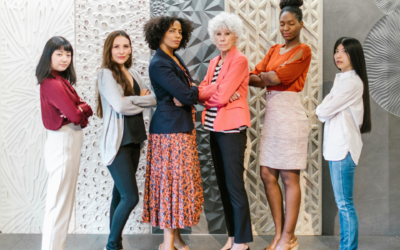In our last blog post, we addressed the intersection of homelessness and trauma. We determined that no one deserves to be homeless and no one is immune to homelessness. That’s why we follow what’s called a “Housing First” model.
What is “Housing First?”
Housing First is a concept based on the fact that housing is a basic human right. We believe everyone deserves a safe place to live and an affordable means of paying for it.
In basic terms, if we interact with someone who is experiencing homelessness, we prioritize their need for shelter over everything else. We do not wait until they have “earned” or in some way show they “deserve” shelter. In our experience, providing a safe place to live and sleep is the first step in reintegrating people into a community where they can thrive.
A home offers more than a roof.
When you think of a home, you might think about having four walls and a roof that protects a person from the elements. But, a home offers so much more stability and safety than just shelter from the weather.
A home improves health outcomes. If you are receiving treatments for a chronic illness or are recovering from an injury, a home gives you a place to rest and heal. A home gives you a kitchen to store and cook healthy food, and a bed that allows for a full night’s rest.
A home improves relationships. Living in a single place allows you to get to know your neighbors. And, a consistent address gives case workers and other people in your support system the ability to locate you and communicate with you on a regular basis.
A home integrates you into the community. Living communally empowers people with bigger purpose. People become more likely to make healthier decisions and live happier lives when they are part of a permanent community they can call home.
What does Housing First look like in action?
Housing first is not an “anything goes” policy, but it does prioritize and dignify the person experiencing homelessness.
First, Housing First allows for client choice. It is counterintuitive to tell a person facing homelessness what they need, or what is best for them. They are living an experience and have firsthand knowledge of what geographic location and type of housing is best fit for their circumstance.
Second, the Housing First model has a recovery orientation. This means, we hold hope for people until they can hold it for themselves. Recovery looks wildly different from one client to the next. Whether a person is recovering from experiencing homelessness, abuse or trauma, substance abuse or addiction, or something entirely different, we wrap support around that person for the duration of their recovery process, no matter how long that takes.
Third, our support is individualized to each person we interact with. The amount of time it takes for someone to find hope, heal, and thrive on their own varies from one person to another. Similarly, their paths will take different turns and hit different roadblocks. It would be naive to believe that a single, standard recovery program could fit every circumstance. It’s quite the opposite.
Last, our Housing First model prioritizes social and community integration. People who have experienced homelessness are largely isolated. Connecting them to people who support them and accept them is crucial to their recovery process.
Educating the public.
In our community, it’s often people who have never experienced homelessness or known anyone who has experienced homelessness, that amplify damaging messages. We consider it part of our job to educate the public about why homelessness occurs, what we can do to support people who face homelessness, and what it will take to house everyone, once and for all.
If you want to learn more about how you can participate in ending homelessness, we’d love to connect. Fill out this contact form and someone will be in touch soon.









